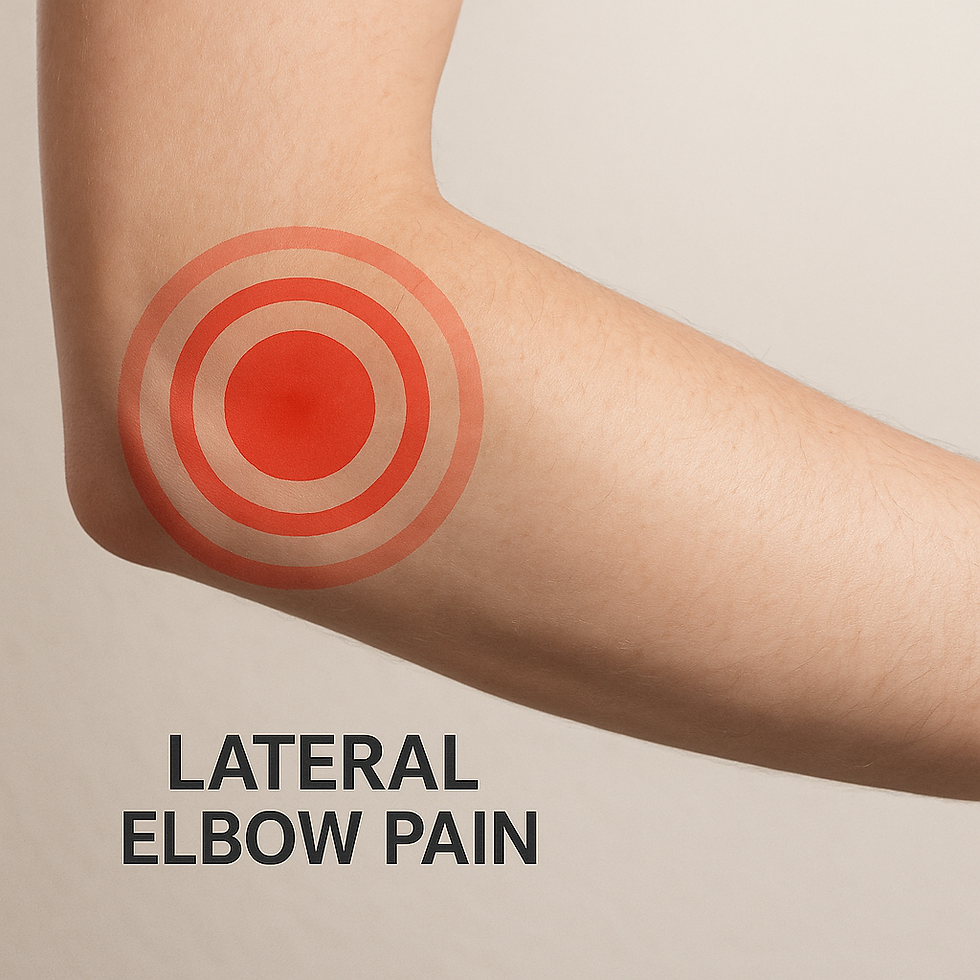Align your training style with your goals
- Will

- Aug 31, 2023
- 4 min read
Updated: Apr 18
I’ve had several conversations with clients over the last few weeks as to the reason behind what they choose to do for exercise. They weren’t conversations meant to dissuade them from working out, running, lifting, etc. but more of a discussion as to make sure the activities they’re choosing align with their overall goals for health & fitness.
Soapbox Time
One client mentioned the goal of continuing to lift heavy into his late 20’s while working full time, raising a family, maintaining his home/relationships, etc. I inquired as to why. Why lift heavy? Why not lift moderate weight REALLY well? He admitted that being a large, insanely strong human being is how he’d always identified himself amongst his peers – it was part of his identity and he struggled with the thought of losing that or even sacrificing a piece of it. So we discussed the idea of continuing to pursue that insane strength despite his shift in priorities; the risks and rewards, the time sacrifice, the soreness that comes with chasing big numbers. Ultimately, better health not just superhuman strength became his goal. He left with a plan of how to improve his quality of sleep, work on weight loss, work on flexibility and cardiovascular conditioning. The compromise we came to was not sacrificing his superhuman strength in its entirety but rather maintaining abnormal strength while pursuing a broader range of health goals.
Strength is just one piece of the ‘good health puzzle’. It’s important and drives a lot of other benefits within the body but it’s not the end all be all piece of health.
Another client mention he’s performing the classic “bro split” every week. Leg day, arm day, chest day, back day, etc. with each workout including 6-10 exercises for the specific body part(s) being targeted. Each exercise averages 24-40 reps in total. The volume of accumulated reps is huge. His main complaint is how sore he is after his leg days for the remainder of the week and isn’t really fully “healed” and ready to lift legs again until some six days later. Now I’ll admit, the soreness/DOMS that comes about 48 hours after a really good leg workout is sometimes worth it. It makes you feel like you really accomplished something as you attempt to sit down and the legs quiver or sometimes give out. I know, it’s weird. But this should not happen after EVERY leg workout. Taking yourself to or near failure on occasion while lifting will drive massive changes in your musculature but it is not something you have to achieve every single time you lift. There are risks involved with constant overload and never deloading your system.
And this is where it gets slightly complicated – if you’re dealing with a novice lifter this is typically easy to address as they don’t have many bad habits set in stone but when dealing with a lifter with 10+ years of experience this is where a small dive into their psychology has to take place.
“Why do you feel like you have to be that sore every time after you work out?” I asked. He paused and gave it some thought and answered honestly. “Because that’s how I’ve always worked out…from high school to now.” And then the discussion. When working out, in whatever capacity, if you’re always redlining yourself – taking yourself to or near failure, your body & brain are never getting the opportunity to fully heal while also analyzing & refining movement patterns and positions. Survival becomes the primary goal of the brain & body. “Don’t wreck that tissue!” ~your brain, probably.
Deload is just as important as Overload. After all, when you boil exercise down to its most physiologic level, your body inherently doesn’t like it. There I said it, your body doesn’t like exercise. YOU may love exercise but the physiologic changes that occur within your body during exercise is something your body would prefer to not deal with. Think about it…your brain’s goal is to keep everything running on a nice even keel, a veritable homeostasis. When you work out your system becomes more acidic as you create energy, accumulate CO2, burn calories, tax tissues, etc. and your body is doing everything it can to survive. It doesn’t equate your run or workout with an enjoyable activity because of the physiologic changes. This is why it rewards you (endorphins) once you stop. The system is in a state of fight or flight wondering what we’re running away from or fighting off as muscles, tendons, boney attachments, heart and lungs are all being challenged. At the completion of the workout, when the dust settles, your body takes an inventory of all things and decides how well you survived the “fight/flight” and begins healing tissues and buffering your acidic system back to a more neutral/baseline state. So broadly stated, fitness – good strength, good cardiovascular endurance, etc. is a defense mechanism. As you load and tax your system your brain decides that you didn’t “survive” as well as it would have liked and as a result and over time you develop larger muscles and tendons, your bone density increases, your heart and lungs become more efficient at exchanging oxygen/carbon dioxide and delivering oxygen to the working muscles. Fitness is your body’s defense mechanism against whatever you’re throwing at it and that’s where changing your methods from time to time keeps your body guessing AND GROWING.




Comments